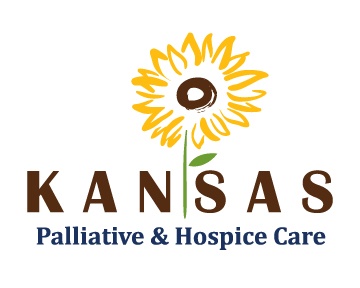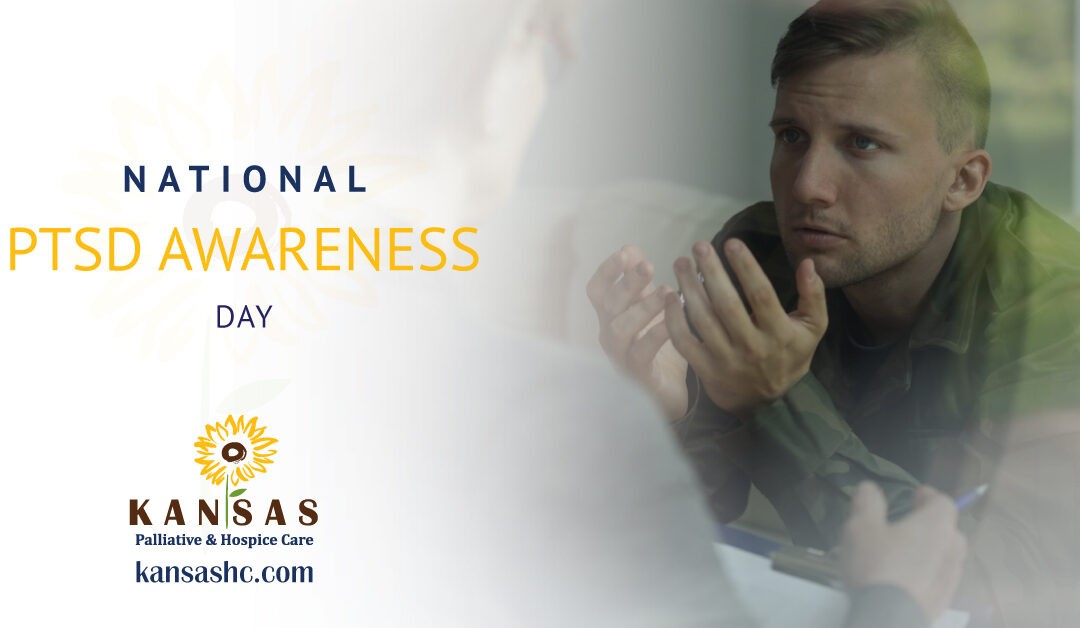National PTSD Awareness Day is commemorated every June 27th. PTSD stands for Post-Traumatic Stress Disorder. PTSD occurs in people of all ethnicities, nationalities, cultures, ages, and occupations. It affects about 3.5 percent of American adults each year, and an estimated one in 11 people will receive a PTSD diagnosis in their lifetime. According to figures from the U.S. Department of Veterans Affairs, 11 to 20 out of every 100 vets experience PTSD.
PTSD occurs when somebody experiences or witnesses a traumatic event. The condition was not always properly understood by the military or medical communities. But, in recent years, the research and awareness surrounding PTSD have grown immensely. In fact, it was only in 2020 when Senator Kent Conrad pushed for official recognition of PTSD through PTSD Awareness Day to pay tribute to North Dakota National Guard Member Staff Sergeant Joe Biel, who took his own life after two tours of duty in Iraq. Sgt. Biel’s birthday was June 27th, which is now the date of the official National PTSD Awareness Day.
Observing PTSD Awareness Day
A lot of PTSD Awareness Day is focused on encouraging open talk about the symptoms, causes, and how to seek help for PTSD. The condition is still often misunderstood by people with no firsthand experience with PTSD or those who suffer from it. PTSD Awareness Day’s aim is to change that. Take some time this month to visit the Department of Defense website. They publish articles, circulars, and other materials to educate and inform military members, their families, and the public about PTSD.
Symptoms of PTSD
Part of the awareness goal of PTSD Awareness Day is educating people on the symptoms of PTSD so they can spot them early in themselves and their loved ones and find help. Common symptoms include:
- Re-living or experiencing traumatic events via flashbacks, nightmares, and intrusive thoughts.
- Avoiding situations, places, or people that could trigger memories of the trauma.
- Arousal and reactivity symptoms that may cause you to constantly feel jittery or be “on the lookout” for danger, including being easily startled, feeling “on edge,” having difficulty sleeping, and having angry outbursts.
- Difficulty remembering important details about the traumatic event.
- Feeling constant blame and guilt.
- Difficulty concentrating.
Getting Help for PTSD
If you or a loved one is experiencing PTSD symptoms, you should seek help immediately. Help establishing an initial care regime or referrals to a qualified health care provider can be found at Department of Veterans Affairs medical facilities, private care providers, counselors, and therapists.


